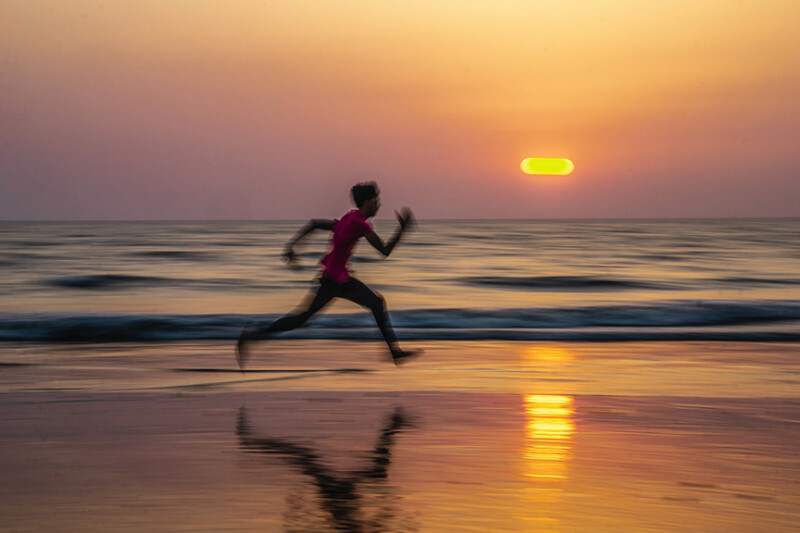We are currently living in one of the most unpredictable economic environments of the last decade. Consumers today are faced with the pressures of continued inflation, increasing layoffs and a possible looming recession. Simultaneously, there are also reports of wage growth, low unemployment and continued consumer spending.
These contradictory indicators make for a blurry map as we navigate rough waters. However, when we look below the choppy surface there are some clear indicators of growth and opportunity for the run specialty industry, certainly in their footwear efforts but increasingly in their marketing and selling of run apparel. Understanding key demographic markets coupled with consumers’ innovation needs and behavioral shifts will help the active apparel market to chart a course for future success.
The adult activewear market closed 2022 with $71 billion in U.S. sales, according to NPD’s Consumer Tracking Service. Sales revenue was flat compared to 2021 — the result of a five percent increase in average prices as unit sales declined by a similar five percent.
However, let’s not overlook the fact that activewear sales remain 37 percent above 2019 levels — a positive indication that consumers have carved out a need for active apparel in their wardrobe. While the market has grown across most consumer segments since 2019, over 60 percent of the growth came from household incomes of $100K and above. Despite third-party reports of increased layoffs affecting this demographic, the higher income consumer continues to lead the activewear industry in terms of overall spending.
These higher income consumers were also the most focused on exercising in 2022, with 53 percent identifying exercise as a top priority, which is about 10 points higher than other consumer segments.
Furthermore, quality is a key factor when they are buying activewear for exercise. In fact, three out of four shoppers in the $100K and above income bracket prioritize quality above all else when it comes to their future activewear purchases, according to the NPD Future of Apparel forecast.
This obviously is a core market for run specialty retailers and tapping into the higher income consumer, who is active in the category and open to investing in higher-priced product in the name of quality, will benefit activewear sales.
A Focus on Wellness
While the activewear market presents continued growth potential for run specialty, a few actions need to be taken to maximize the opportunity.
The market is coming off a particularly strong 2021 as many consumers who replenished their active wardrobes for athletic use did not need to repurchase this apparel in 2022. A general apparel observation is that once consumers have fully replenished their wardrobe to satisfy their needs, purchase drivers become fueled by two things: trend and innovation.
Yet the current activewear market is experiencing a pullback on those two very things. Taking women’s active bottoms as an example, there were 64 percent less new items sold in 2022, compared to 2021.
For running apparel brands, leaning into technology that sets them apart will create a competitive advantage, whether it’s a patented fabric or innovative pattern. As a retailer, a relationship and communication with the consumer will be a two-way street. Listen to their specific apparel needs and wants and utilize and train knowledgeable sales associates to be sure to address those needs.
Identifying the innovation openings is largely dependent on understanding consumers’ needs, many of which stem from the concept of wellness. This focus on wellness is not anything new, but how consumers are defining it is fundamentally changing.
Over the last three years there has been an increased focus on prioritizing sleep, skincare and a work/life balance as wellness priorities. This shift is being led by younger consumers — this year, sleep and skincare are leading in terms of wellness initiatives for 18-24-year-olds.
It’s important to understand that, overall, 91 percent of 18-24-year-olds prioritize wellness, which is higher than any other age group. Identifying both the physical and mental benefits of going for a run, and the sense of community it creates, can lead a new generation of active and engaged sport participants.
It feels as though every few months, running apparel brands and run specialty retailers are faced with new headwinds making the journey to the consumer that much more challenging to navigate. Identifying the behaviors of target demographics, pulling the levelers of innovation and championing a holistic approach to wellness are key points of interest for your map as you chart a course for future success.






